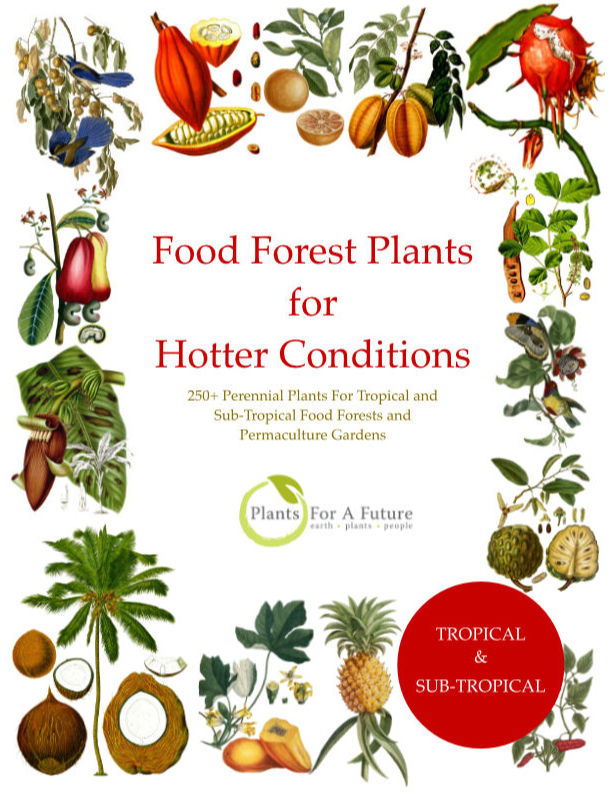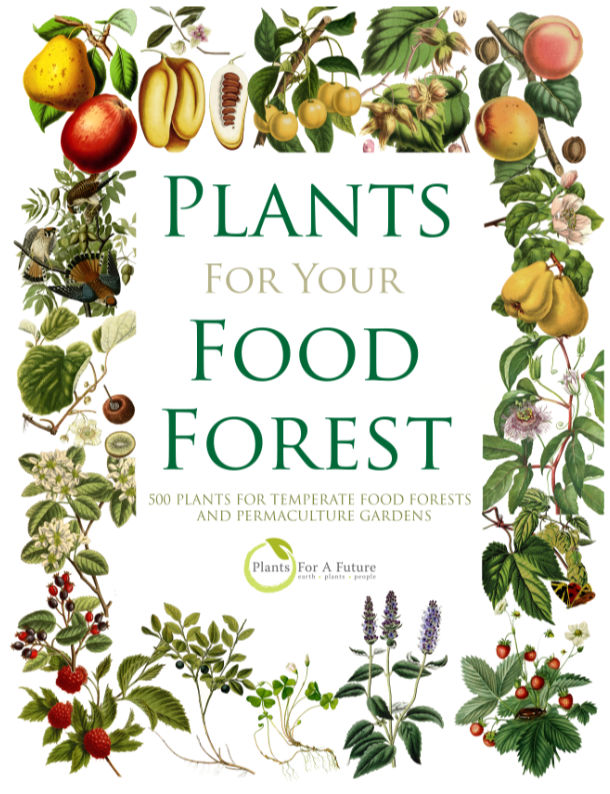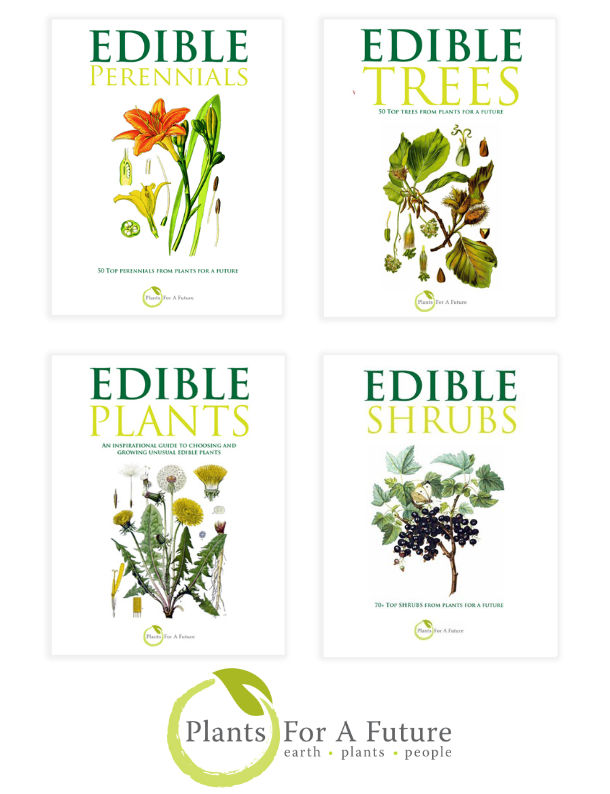Translate this page:
Summary
Satureja subspicata, commonly known as Dwarf Savory, is a popular culinary herb renowned for its strong, savory, and peppery flavor. It is a staple in Mediterranean and Balkan cuisine, where it is used to enhance the flavour of cooked dishes, especially beans, as well as to garnish salads and other foods. The leaves, which have a stronger flavor than summer savory (Satureja hortensis), can be used fresh or dried and are typically harvested in late spring to early summer, just before the plant flowers to capture the best flavor. The plant’s compact growth makes it ideal for rock gardens, borders, or as a low-growing ground cover in herb gardens. Satureja subspicata flowers in summer, adding ornamental value while providing culinary versatility for herbal teas and traditional dishes.
Physical Characteristics

 Satureja subspicata is an evergreen Shrub growing to 0.2 m (0ft 8in) by 0.2 m (0ft 8in) at a medium rate.
Satureja subspicata is an evergreen Shrub growing to 0.2 m (0ft 8in) by 0.2 m (0ft 8in) at a medium rate.
See above for USDA hardiness. It is hardy to UK zone 6 and is not frost tender. The flowers are pollinated by Insects. The plant is self-fertile.
It is noted for attracting wildlife.
Suitable for: light (sandy) and medium (loamy) soils, prefers well-drained soil and can grow in nutritionally poor soil. Suitable pH: mildly acid, neutral and basic (mildly alkaline) soils and can grow in very alkaline soils.
It cannot grow in the shade. It prefers dry or moist soil and can tolerate drought.
UK Hardiness Map
US Hardiness Map
Synonyms
S. montana var. subspicata (Bartl. ex Vis.) Bernh.
Plant Habitats
Edible Uses
Popular as a culinary herb with a strong, savory flavour, used in Mediterranean dishes and herbal teas. Its compact growth makes it ideal for rock gardens, borders, or as a low-growing ground cover in herb gardens. Leaves - raw or cooked[238, 2145 ]. A peppery flavour is used mainly as a flavouring for cooked dishes, especially beans, but also as a garnish for salads, etc[183 ]. They have a stronger flavour than summer savory (Satureja hortensis)[238 ]. The leaves can be used fresh or dried[183 ]. Dwarf Savory (S. subspicata) is used in Mediterranean and Balkan cuisine. Savory is typically harvested for the best flavour in late spring to early summer, just before flowering. It usually flowers in summer.
References More on Edible Uses
Medicinal Uses
Plants For A Future can not take any responsibility for any adverse effects from the use of plants. Always seek advice from a professional before using a plant medicinally.
Satureja spicigera contains essential oils, tannins, resins, and salts. The whole herb, especially the flowering shoots, is antiseptic, aromatic, carminative, digestive, expectorant and stomachic[4, 7, 14, 21 ]. Taken internally, it is said to be a sovereign remedy for colic and a cure for flatulence[4 ], whilst it is also used to treat nausea, diarrhoea, bronchial congestion, coughs, sore throat, kidney problems, hypertension and menstrual disorders[238 , 2145 ]. It should not be prescribed for pregnant women[238 ]. A sprig of the plant rubbed onto bee or wasp stings brings instant relief[4 ]. Sitting in a vapour bath of the infused stems is used as a remedy for haemorrhoids, whilst the infusion is also used to treat sore eyes and inflamed gums[2145 ]. An ointment from the plant is used externally to relieve arthritic joints[7 ]. The plant is harvested in the summer when in flower and can be used fresh or dried[238 ]. The essential oil forms an ingredient in lotions for the scalp in cases of incipient baldness[7 ].
References More on Medicinal Uses
The Bookshop: Edible Plant Books
Our Latest books on Perennial Plants For Food Forests and Permaculture Gardens in paperback or digital formats.

Edible Tropical Plants
Food Forest Plants for Hotter Conditions: 250+ Plants For Tropical Food Forests & Permaculture Gardens.
More

Edible Temperate Plants
Plants for Your Food Forest: 500 Plants for Temperate Food Forests & Permaculture Gardens.
More

More Books
PFAF have eight books available in paperback and digital formats. Browse the shop for more information.
Shop Now
Other Uses
Its compact growth makes it ideal for rock gardens, borders, or as a low-growing ground cover in herb gardens. The flowers are very attractive to bees, providing a good source of nectar[200 ]. Nectary - Flowers rich in nectar and pollen: Savory flowers are rich in nectar and pollen, attracting pollinators, including bees and butterflies. Wildlife - Food (Fruit, Seeds, Leaf litter, Shelter, Nesting, Roosting): While the plant does not produce significant fruit, its leaves are edible and provide food for herbivores. The foliage can also offer shelter for small wildlife. Invertebrate Shelter (Overwintering sites, Leaf litter, Ground cover): The plant can provide overwintering sites for beneficial insects, and its ground cover can protect invertebrates during colder months. Pest Confuser (Smell): The aromatic scent of winter savory can help deter pests, making it a valuable companion plant in gardens.
Special Uses
References More on Other Uses
Cultivation details
Satureja subspicata, commonly known as subalpine savory, is a semi-evergreen to evergreen perennial, depending on the climate. In mild regions with slight frost, it retains its foliage year-round. In colder climates or higher altitudes, it may lose some or all of its leaves during the winter but typically regrows in spring. It typically grows in habitats such as Rocky areas, dry grasslands, and alpine slopes. Elevation: Found in subalpine to alpine zones, often at higher altitudes. Climate: Thrives in continental and Mediterranean climates with dry summers and cold winters. It is also cultivated in gardens for its aromatic and culinary properties and ability to grow in poor, rocky soils. Soil Texture: Thrives in light (sandy), medium, and rocky soils, typical of its native mountainous habitats. It performs well in well-drained, nutrient-poor soils. Soil Moisture: Prefers dry to moderately moist soils. It is drought-tolerant and does not tolerate prolonged waterlogging. Drainage: Requires well-drained soil. It is particularly well-suited for rocky slopes or gravelly areas where water drains quickly. Soil pH: Grows best in neutral to alkaline soils (pH 7.0–8.5). It can tolerate mildly acidic soils but prefers calcareous conditions. Saline Tolerance: Low tolerance for saline conditions; not ideal for coastal or highly saline environments. Tolerance of Poor Soil: It thrives in poor, nutrient-deficient soils, especially in rocky or gravelly landscapes. Light Requirements: Requires full sun for optimal growth and flowering. Shade significantly reduces vigour and flowering. Height: Typically grows to about 10–20 cm (4–8 inches) tall, forming a low, compact mound or cushion. Pollination: bees, butterflies, and other insects are attracted to its small, aromatic flowers, which are often pale pink, white, or lavender. Temperature: In USDA zones 5–9, it tolerates high heat and cold, making it ideal for alpine and Mediterranean climates. Drought Tolerance: Very drought-tolerant once established, making it an excellent choice for xeriscaping and rock gardens. Flowering: Produces small, delicate flowers in summer, adding ornamental value and attracting pollinators. Wildlife: Attracts pollinators, including bees and butterflies, while its low-growing habit can provide ground cover for small insects. Pests and Diseases: Generally pest-free and disease-resistant. Overwatering or poor drainage can lead to root rot or fungal issues. Pruning: Prune lightly after flowering to maintain its shape and encourage fresh growth. Plants are hardy to at least -10°c[200 ] when grown in suitable conditions but are less hardy in rich or damp soils [K ]. When given appropriate conditions, an easily grown plant prefers well-drained, poor, stony soil[4, 14, 27, 52 ] and succeeds in a hot, dry, sunny position[200 ]. It prefers alkaline soil[200 ], though it is not too fussy. It is intolerant of damp soils and dislikes shade[200 ]. A good bee plant[200 ]. A good companion plant in the garden, growing especially well with onions and beans[201 ]. The plant is said to inhibit the germination of certain seeds[18 ]. Secretions from the seeds can prevent the germination of nearby seeds[201 ]. Members of this genus are rarely troubled by browsing deer[233 ]. The native range of this species is S. Central & SE. Europe. It is a subshrub and grows primarily in the temperate biome. Introduced into Germany [2-5].
References Carbon Farming Information and Carbon Sequestration Information
Temperature Converter
Type a value in the Celsius field to convert the value to Fahrenheit:
Fahrenheit:
The PFAF Bookshop
Plants For A Future have a number of books available in paperback and digital form. Book titles include Edible Plants, Edible Perennials, Edible Trees,Edible Shrubs, Woodland Gardening, and Temperate Food Forest Plants. Our new book is Food Forest Plants For Hotter Conditions (Tropical and Sub-Tropical).
Shop Now
Plant Propagation
Seed - surface sow in mid-spring in a greenhouse. Do not allow the compost to dry out. Germination can be slow and erratic[1 ] but usually occurs within a month[K ]. Prick the seedlings into individual pots as soon as they are large enough to handle. It is usually possible to plant out into their permanent positions during the summer. Still, if the plants have not grown sufficiently, or if you live in an area of cold winters, it might be best to grow them on in a cold frame for their first winter and plant them out in late spring or early summer of the following year[K ]. Cuttings of half-ripe wood, 5 - 8cm taken at a node, mid summer in a frame. Pot up in autumn and overwinter in a frame, planting out in late spring or early summer of the following year. A high percentage usually succeeds [78 ]. Cuttings of young wood, preferably with a heel, mid spring in a frame[1 , 37 ]. Plant out in the summer if the plants grow well, otherwise overwinter them in a cold frame and plant out in late spring or early summer of the following year[K ]. Division in early spring as growth commences[78 , 200 ]. This works best if soil has been mounded up into the bottom 20cm of the plant early in the previous summer[78 ]. Pot up the divisions and grow them on in a cold frame until they are established. Plant them out in the summer.
Other Names
If available other names are mentioned here
Dwarf Savory, Creeping Savory.
Native Range
Native to: Albania, Austria, Bulgaria, Italy, Yugoslavia.
Weed Potential
Right plant wrong place. We are currently updating this section.
Please note that a plant may be invasive in one area but may not in your area so it's worth checking.
None Known
Conservation Status
IUCN Red List of Threatened Plants Status : Not Available

Growth: S = slow M = medium F = fast. Soil: L = light (sandy) M = medium H = heavy (clay). pH: A = acid N = neutral B = basic (alkaline). Shade: F = full shade S = semi-shade N = no shade. Moisture: D = dry M = Moist We = wet Wa = water.
Now available:
Food Forest Plants for Mediterranean Conditions
350+ Perennial Plants For Mediterranean and Drier Food Forests and Permaculture Gardens.
[Paperback and eBook]
This is the third in Plants For A Future's series of plant guides for food forests tailored to
specific climate zones. Following volumes on temperate and tropical ecosystems, this book focuses
on species suited to Mediterranean conditions—regions with hot, dry summers and cool, wet winters,
often facing the added challenge of climate change.
Read More
Expert comment
Author
Bartl. ex Vis.
Botanical References
Links / References
For a list of references used on this page please go here
A special thanks to Ken Fern for some of the information used on this page.
Readers comment
| Add a comment |
|
If you have important information about this plant that may help other users please add a comment or link below. Only comments or links that are felt to be directly relevant to a plant will be included. If you think a comment/link or information contained on this page is inaccurate or misleading we would welcome your feedback at [email protected]. If you have questions about a plant please use the Forum on this website as we do not have the resources to answer questions ourselves.
* Please note: the comments by website users are not necessarily those held by PFAF and may give misleading or inaccurate information.
To leave a comment please Register or login here All comments need to be approved so will not appear immediately.
|
Subject : Satureja subspicata
|
|
|
|